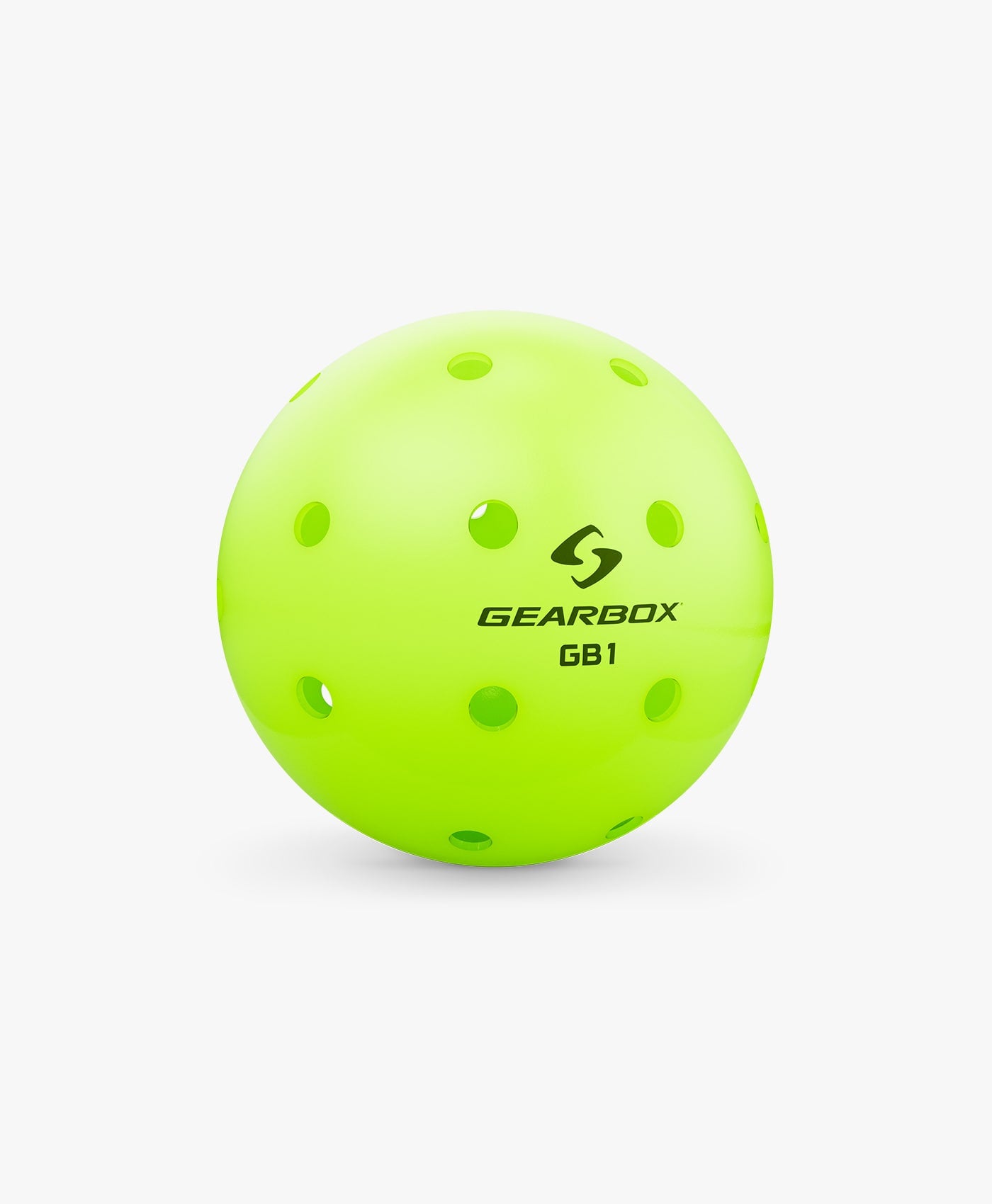Change Your Space: How to Build a Magnificent Backyard Pickleball Court at Home
Change Your Space: How to Build a Magnificent Backyard Pickleball Court at Home
Blog Article
Transform Your Outdoor Room: Just How to Design and Construct Pickleball Judiciaries in Your Residential Backyard
Creating a pickleball court in your backyard not only includes value to your property but additionally provides a distinct possibility for entertainment and social interaction. Recognizing the vital measurements, site choice, and material options is vital for an effective setup. The layout and building and construction procedure can substantially impact the usability and enjoyment of the court. As you consider these factors, you'll discover that thoughtful planning is key to achieving a functional and aesthetically enticing room that invites both play and community engagement. What might be the initial steps in this transformative journey?

Understanding Pickleball Court Dimensions
When beginning on the journey to create a pickleball court in your yard, it's vital to comprehend the details measurements that define an official court. An official pickleball court measures 20 feet broad and 44 feet long for both songs and increases play. Additionally, the court is separated right into two equal halves by a centerline prolonging from the baseline to the non-volley zone, which lies 7 feet from the internet on both sides.
The web itself stands at 36 inches high at the sidelines and 34 inches high at the facility, ensuring a consistent having fun experience. Bordering the court, a minimum of 3 feet of barrier room is advised on all sides to suit gamer activity and to stop injuries during gameplay.
For optimum efficiency, take into consideration including appropriate surface area materials and sufficient water drainage remedies when intending your court. The alignment of the court must likewise be considered to reduce sunlight interference during peak playing hours. Comprehending these measurements is vital as they will guide the building and construction procedure and make sure that your backyard pickleball court meets main requirements for leisure play.
Choosing the Right Area
Picking a proper place for your backyard pickleball court is crucial to making best use of both pleasure and functionality. The excellent site needs to provide a flat, degree surface area to make certain appropriate drain and minimize maintenance obstacles. Preferably, an area of at the very least 30 feet large and 60 feet long will suit the court dimensions while providing room for secure activity around the playing location.
Think about the orientation of the court in connection to the sun. Placing the court east-west can help lessen glare throughout play, as players will encounter the sun throughout morning or late afternoon suits. In addition, be conscious of any bordering frameworks, such as fences or trees, which may obstruct play or create disturbances.
Availability is an additional key aspect; the court needs to be easily obtainable from your home for convenience and celebrations. Ensure there is sufficient room for seating and spectator locations, enhancing the satisfaction for buddies and household alike. Inspect neighborhood regulations or neighborhood guidelines to make sure compliance with zoning laws and prospective licenses, which can affect your task's feasibility. By thoroughly choosing the area, you will certainly develop a satisfying and practical pickleball court for several years ahead.
Picking Appropriate Materials
The choice of products is extremely important in the building and construction of a yard pickleball court, as it directly affects maintenance, playability, and longevity. When choosing products, it is vital visit our website to think about both the surface and the bordering facilities.
For the having fun surface, choices such as concrete, asphalt, or specialized sports floor tiles are typically made use of. Concrete offers superb sturdiness and a regular playing surface area, while asphalt can be a more cost-efficient choice.
In terms of bordering infrastructure, fence is essential for maintaining the sphere within play and maintaining personal privacy. Chain-link secure fencing is the most prominent selection, offering visibility while supplying essential control. Additionally, think about making use of weather-resistant products for benches and various other devices to ensure longevity.
Eventually, the choice of proper products need to align with your budget, aesthetic preferences, and details playing conditions. Investing in quality materials will not only enhance gameplay however additionally lower lasting upkeep costs, enabling for years of pleasure in your backyard pickleball court.
Designing Your Court Layout
After establishing the best materials for your pickleball court, the next step entails thoroughly preparing the court design to optimize both performance and pleasure. Begin by choosing a proper area in your yard, taking into consideration variables such as sunlight, wind direction, and proximity to various other exterior attributes. Make sure there is sufficient space not only for the court itself but also for surrounding safety zones.
A basic pickleball court measures 20 feet broad by 44 feet long for both singles and increases play. However, it is advisable to add additional room around the court-- ideally, a minimum of 10 feet on all sides-- to allow for gamer activity and to stop mishaps. Noting the court measurements accurately is critical; use chalk or string to describe the location before any construction starts.
Integrate optimal viewing angles, particularly if you plan to delight guests throughout games. In addition, think about the positioning of benches or seating areas close by for spectators and gamers to remainder. Thoughtful format planning will certainly create a welcoming and functional environment that improves the general experience of playing pickleball in your yard.
Step-by-Step Building And Construction Refine
Building a backyard pickleball court includes an organized construction procedure that makes sure toughness and optimal playability. The very first step is to prepare the website by removing any plants, rocks, or debris and leveling the ground. Once the area is prepped, outline your court measurements-- 20 feet wide by 44 feet long for increases play-- making use of stakes and string.
Following, dig deep into the location to a deepness of approximately 4-6 inches, making sure correct drainage is integrated. Set up a compacted base utilizing crushed stone or gravel reference to supply security (backyard pickleball court). Following this, put a concrete piece, permitting for a smooth home and degree surface area, which is important for constant ball bounce. Allow the concrete to cure for at the very least a week.

Final Thought
In conclusion, the transformation of a residential yard right into a pickleball court uses considerable recreational advantages. The selection of sturdy products, thoughtful layout, and correct building and construction strategies additionally improve the functionality and long life of the court.

Picking an ideal location for your backyard pickleball court is vital to taking full advantage of both satisfaction and capability.After developing the appropriate products for your pickleball court, the following action involves thoroughly planning the court design to optimize both performance and pleasure.Structure a yard pickleball court entails an organized building and construction procedure that makes certain resilience and optimal playability.
Report this page